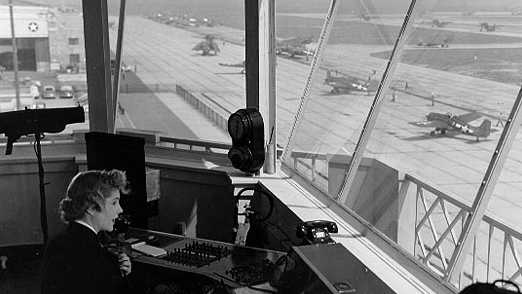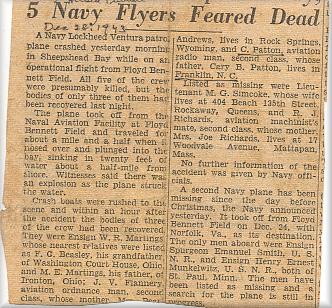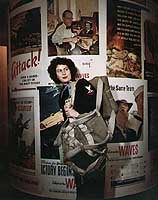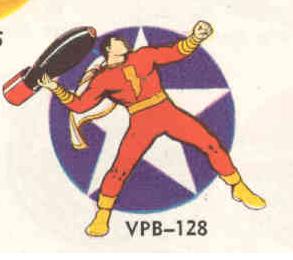
Updated: April 15, 2007

Navy Pilots and Aircraft at NAS New York during World War 2
(Official US Navy Photo)

WAVE Operating Radio Equipment at the Control Tower
at NAS New York during World War 2 (Official US Navy Photo)



|
Floyd Bennett Field was an important US Naval Air Station during World War 2. It was an embarkation point for newly manufactured Naval aircraft. The field was also the home of many operational combat units including several long-range anti-submarine patrol squadrons. Although it was kept a secret from the American public, the Battle of the Atlantic was fought within sight of the Atlantic coastline of the United States. The airmen of NAS New York flew countless patrol flights, developed and tested new anti-submarine equipment, and some even gave their lives in the fight against Nazi U-Boats. This web site is dedicated to their memory The following is a chronology of events at Floyd Bennett Field related to World War 2: |
 |












